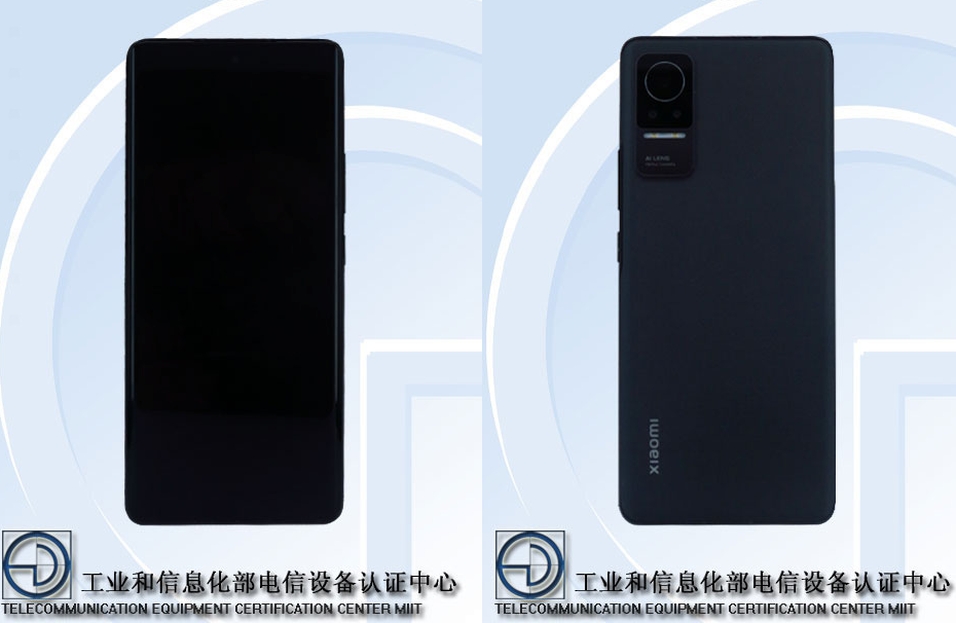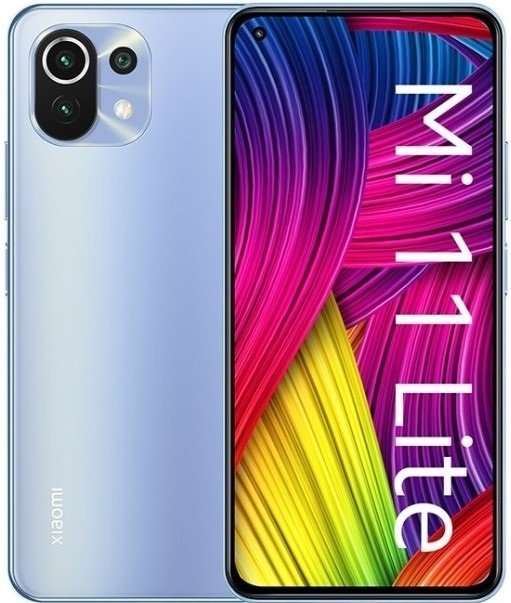Leaked specs of the phone suggest it might be a premium mid-ranger.
What you need to know
- An upcoming Xiaomi phone with a 4K display has passed through TENAA.
- The device is expected to be powered by a Snapdragon 700-series chipset.
- Sony's Xperia 1 III is currently the only Android flagship with a 4K OLED display.
Xiaomi could soon launch its first-ever phone with a 4K OLED display, according to a new listing on TENAA. The TENAA listing for the Xiaomi 2109119BC reveals the device will have a 6.55-inch OLED display with 3,840 x 2,160 resolution (via GoAndroid).
It is apparently powered by an octa-core chipset running at 2.4 GHz, paired with up to 12GB of RAM and 512GB of storage. Going by the chipset's clock speed, the phone could be powered by Qualcomm's Snapdragon 778G or 780G chipset.
The listing also suggests the phone has a triple-lens camera system with a 64MP main sensor and two additional 8MP sensors. More interestingly, the listing claims the phone will be available in a total of ten color options: black, white, red, yellow, orange, pink, cyan, green, purple, and blue. Unsurprisingly, the phone will ship with Android 11-based MIUI 12.5 out of the box.
Rumors suggest the Xiaomi 2109119BC might be a follow-up to the Mi CC9 Pro, which was the world's first phone with a 108MP camera. Since Xiaomi has already unveiled its new Civi series, it is likely that the device will launch as the Civi Pro instead.
Seeing how the phone appears to be a premium mid-ranger, it won't be a challenger to Sony's Xperia 1 III. Sony's answer to the best Android phones of 2021 sports a 6.5-inch OLED display with 4K resolution and a 120Hz refresh rate.
Xiaomi Mi 11 Lite
$332 at Amazon £370 at Amazon UK
The Mi 11 Lite is a fantastic value-focused mid-ranger with a 90Hz AMOLED display, a 64MP main camera, and a 4250mAh battery. While the 4G version of the phone is powered by a Snapdragon 732G, the 5G version features a more powerful Snapdragon 780G.
Source: androidcentral

